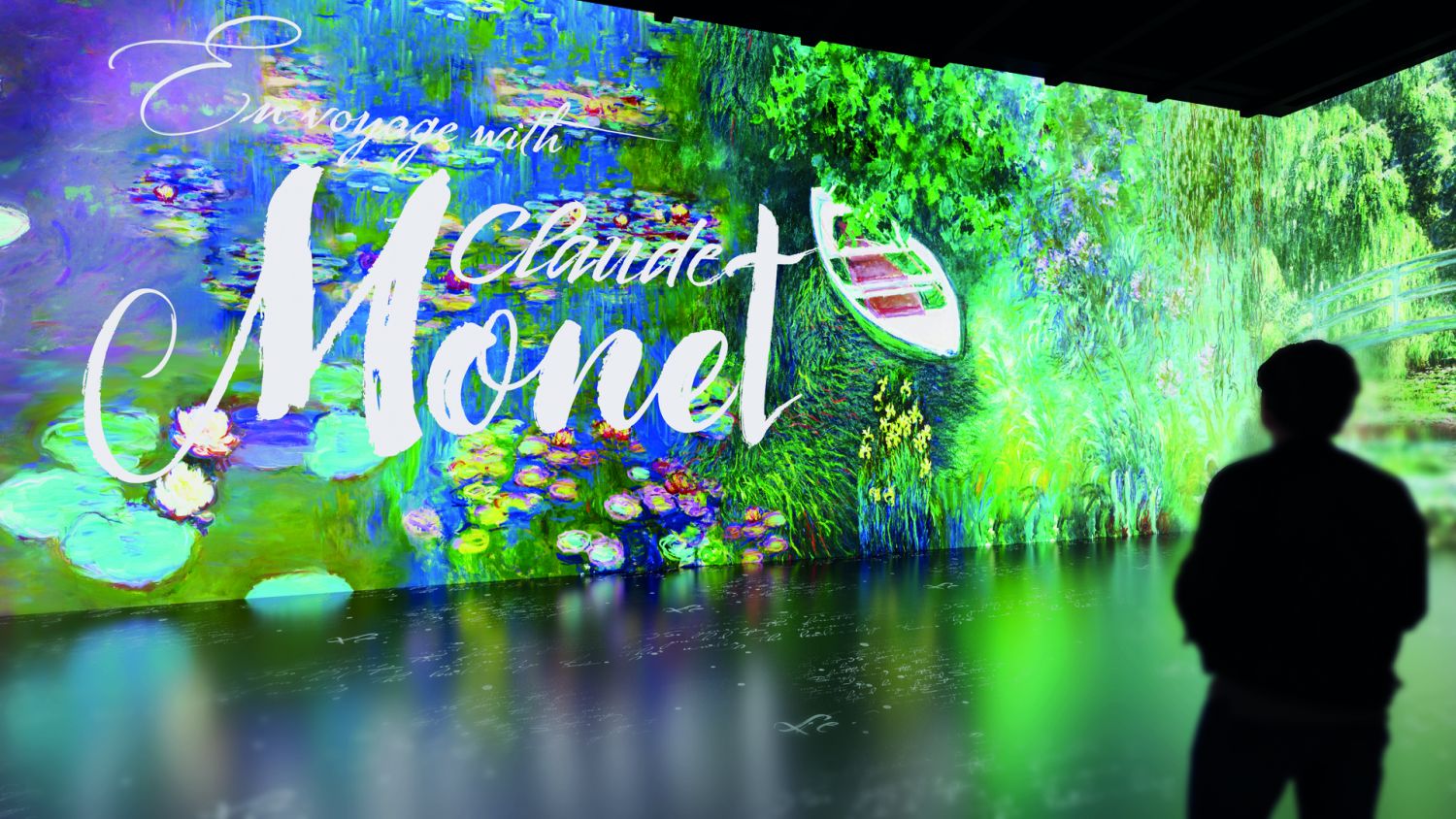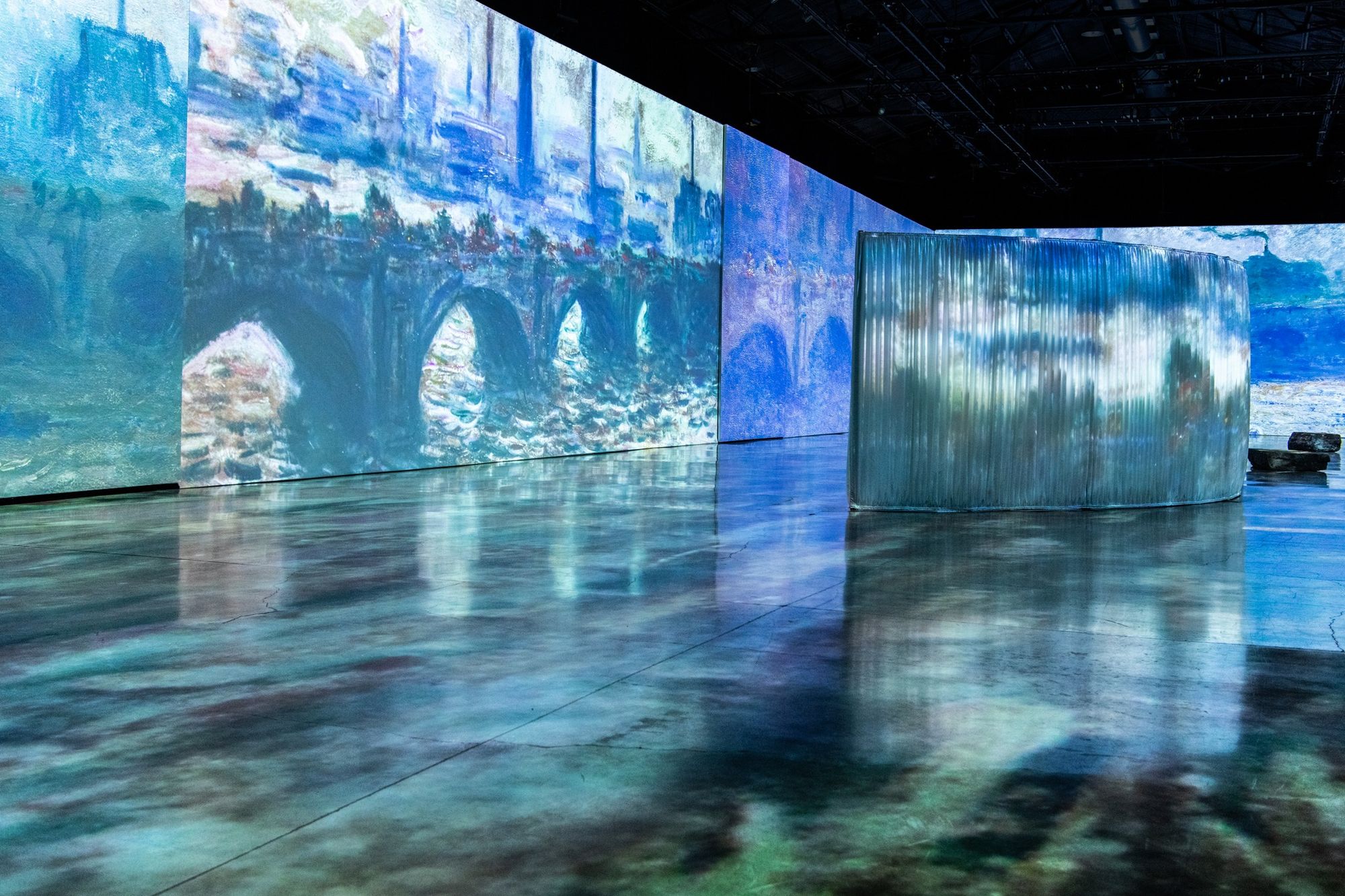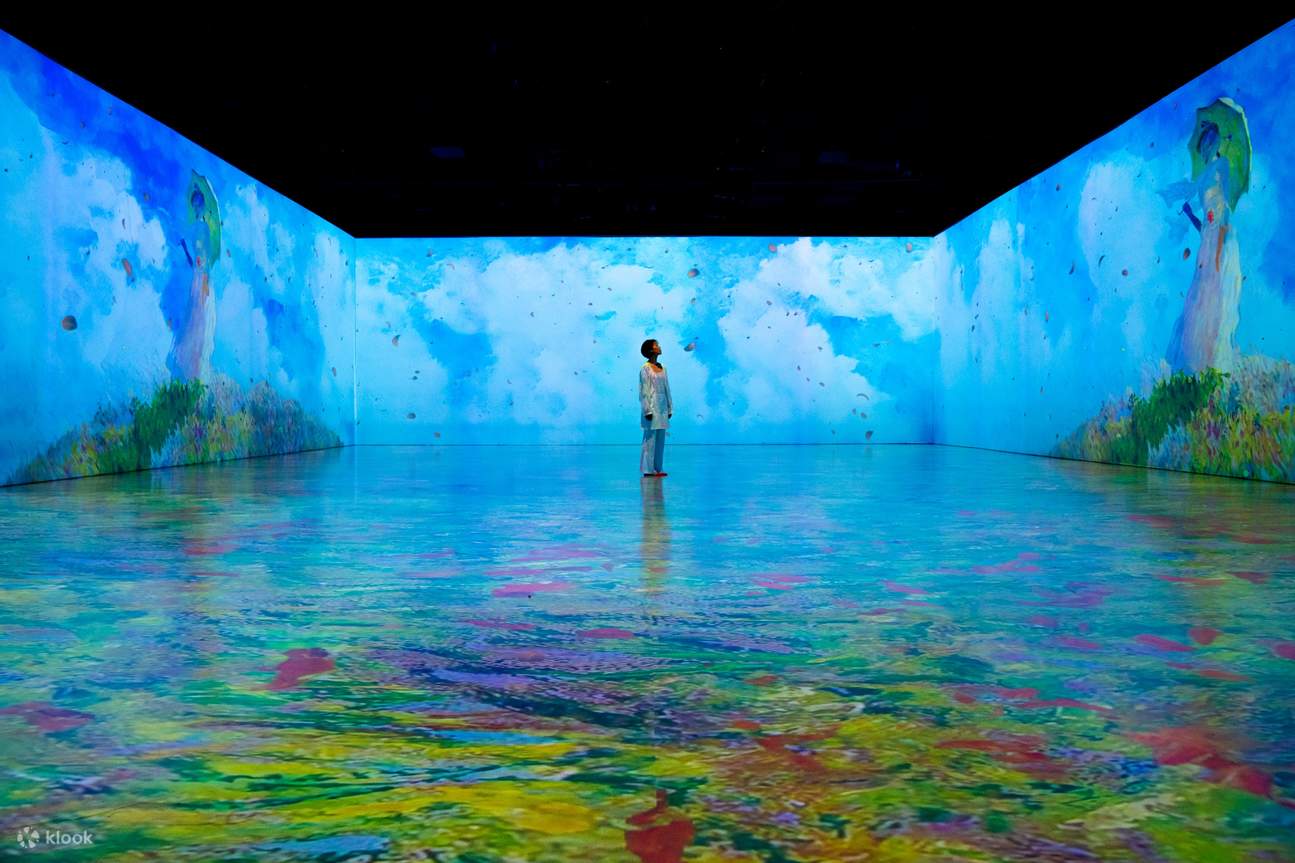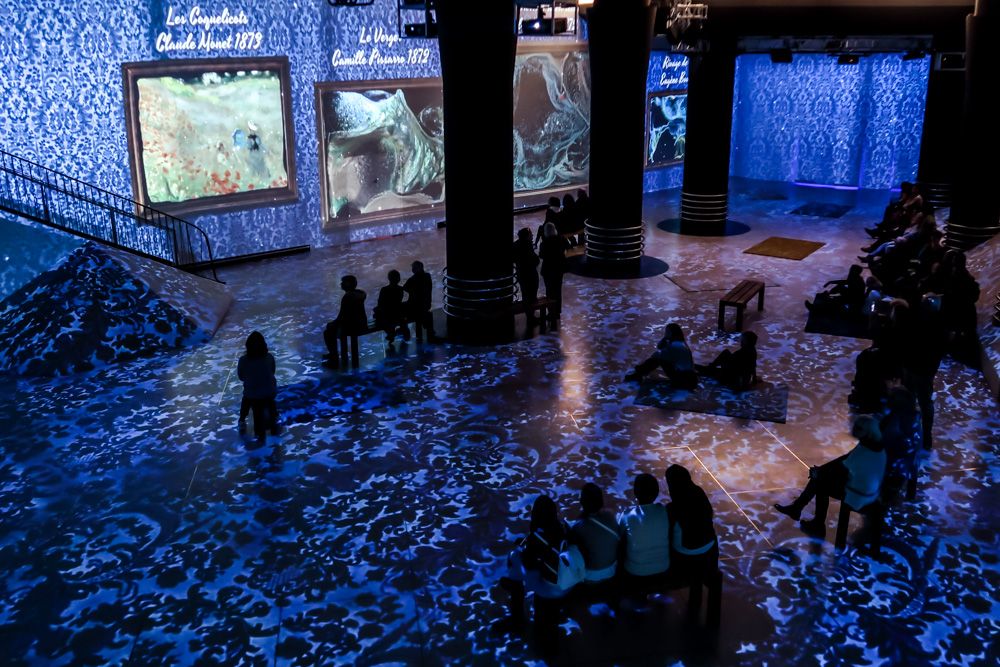En Voyage with Claude Monet: Art Gallery Review
The boldness of the technique, focusing on everyday scenery and people rather than mythology and history, was revolutionary in the 19th century.
Inception of Impressionism
The thin brush strokes that characterised Impressionism hadn’t always been viewed with approval. The boldness of the technique, focusing on everyday scenery and people rather than mythology and history, was revolutionary in the 19th century.
Scorned by art critics, the term “Impressionism” in fact originated as satire for Monet’s painting “Impression, Sunrise”, mocking it as being ‘unfinished’. However, what 19th century art critics did not expect was the rippling effect Impressionism had on the world. Like a dandelion, its seeds flew across the world, settling in different places where it sprouted and flourished into new art, literature, and music, each inspiring the next.
Eventually one of its seed ended up germinating into a 360-Degree immersive experience in Hong Kong, next to the Xiqu Centre at Tsim Sha Tsui.

Outlining the Odyssey
The “En Voyage with Claude Monet” exhibition markets itself as “The First Ever Immersive Experience of Claude Monet in Hong Kong”. Organised by local company ChillHoYea and Belgium based company Dirty Monitor, visitors are shown in a large room, surrounded by 5.7m high screens which depicts over 200 paintings of the late French artist Claude Monet. For half an hour, visitors are whisked through 19th century Europe in the eyes of the painter, following his life and travels across the continent in search of inspiration and beauty. With an original score composed by the ensemble Echo Collective, and a voiceover of Monet’s thoughts, the experience is satisfying to both the eyes and ears.

Commemoration in Colour
We begin in Le Havre, a city in Normandy, where Monet’s early caricatures of people with their bobble heads and small bodies stroll across the screen.The art style was vastly different from the later Impressionism that Monet will become known for. This was the beginning of his art journey, when he doodled on his notebooks, earning money from commissions as people sought his now overlooked portraits. The colours transition, and we end up in a Parisian glade, with people picnicking with their suits and puffy dresses. Flash forward, then we end up in the resort town of Sainte- Adresse, where the lighthouses lit the dark and murky waters of the English Channel. And then we end up in the fog filled industrial London, which Monet saw as beautiful and captivating. But from this dreary haze, the walls slowly bloomed with colours, transitioning to the bright tulip fields of the Netherlands.
This continues on and on, as the canvas transitions, moving towards another painting, another memory of Monet. The room brought his paintings to life, his Impressionist strokes dynamic and ever shifting. The figures in the paintings are moving, going about their daily lives, unaware that their appearances are being immortalised onto canvas. The exhibition humanises all people in the paintings. They are not simply figures for us to enjoy and appreciate, but rather actual people who had once lived.

Brevity of Being
It felt as if a piece of Monet’s mind has been extracted, and allowed to grow in the room. His thoughts, dreams, pains, all laid exposed for everyone to see. The experience is not simply a celebration of Monet’s art, but also of his life. We see his artistic journey and evolution through the slight shift in style in each scene. We see his travels for self-discovery and inspiration, his deep love for his wife, and the grief which had stricken him upon her death. And yet time and time again, before you can fully appreciate his paintings, they transition off, fading away as another scene takes its place. It only reflects the nature of memory, that no matter how much we try, we cannot hold on to the past. way quickly.
In a matter of 36 minutes, we have experienced the entirety of Monet’s life. In that short period of time, we saw the birth of a new art movement which inspired the likes of Van Gogh. We see the advances in technology, as the invention of new chemical pigments allowed the creation of oil paintings outdoors, a focus of Monet’s paintings. But just like Monet’s eventual failing eyesight, all things must end.

Mundane yet Meaningful
Reality pulls you back as the screen suddenly transitions to commercials for Zone 1 apartments in London. A souvenir shop lies outside the exhibition room, selling Monet masks and scarfs, Monet thermos bottles and teabags. Real life just suddenly felt so...boring. It’s that same feeling you get when you come back home from a long trip abroad, or when you leave Disneyland after an entire day of staying in the most magical place on Earth.
The exhibition felt like a fever dream, when your reality transformed into colour pigments and paint strokes, with everything around you an oil canvas that swirls. It was like living in the 2017 animation film “Loving Vincent”, where each frame of the movie was hand- painted by 125 artists in the post-Impressionist style of Van Gogh. Reality felt so mundane and bleak. But at the same time, it was this same reality that gave Monet the inspiration for his paintings. His art captures the simple wonders of life, from city landscapes to water lilies, he managed to transform this drabness into something more.
